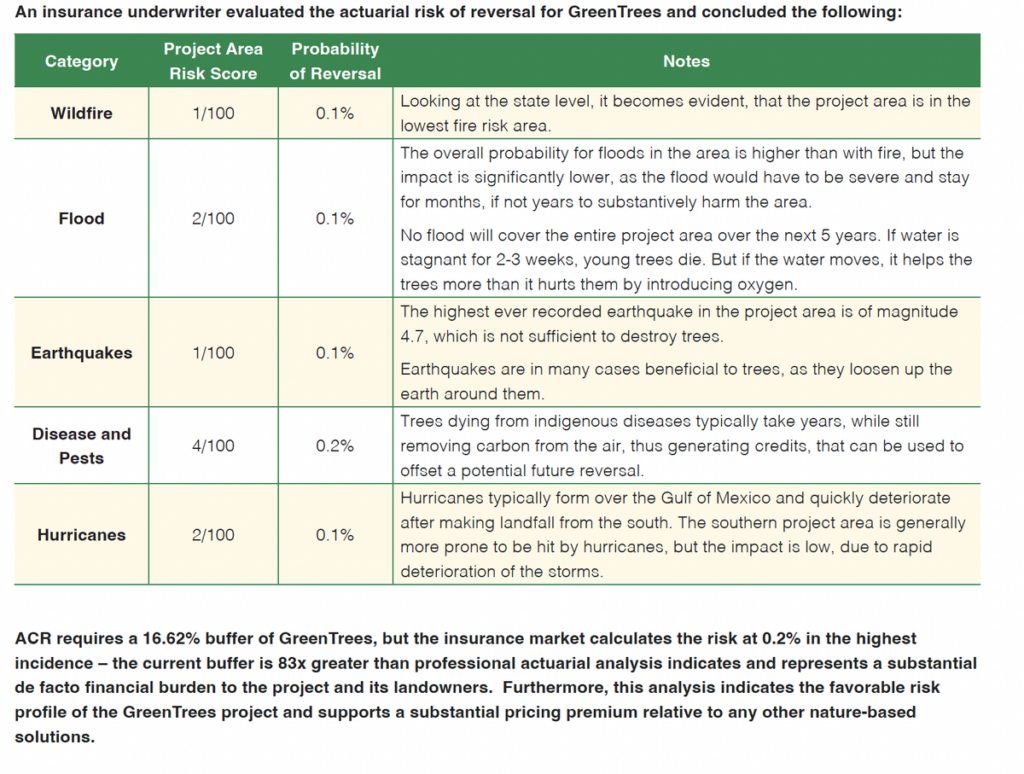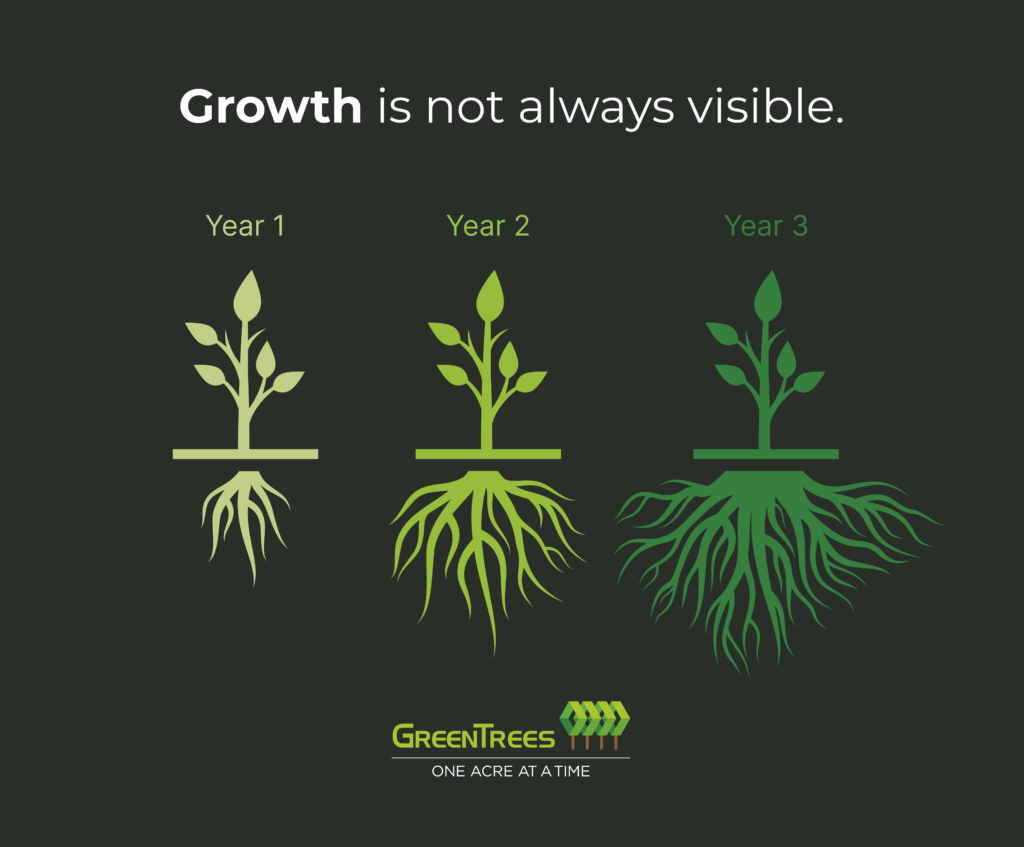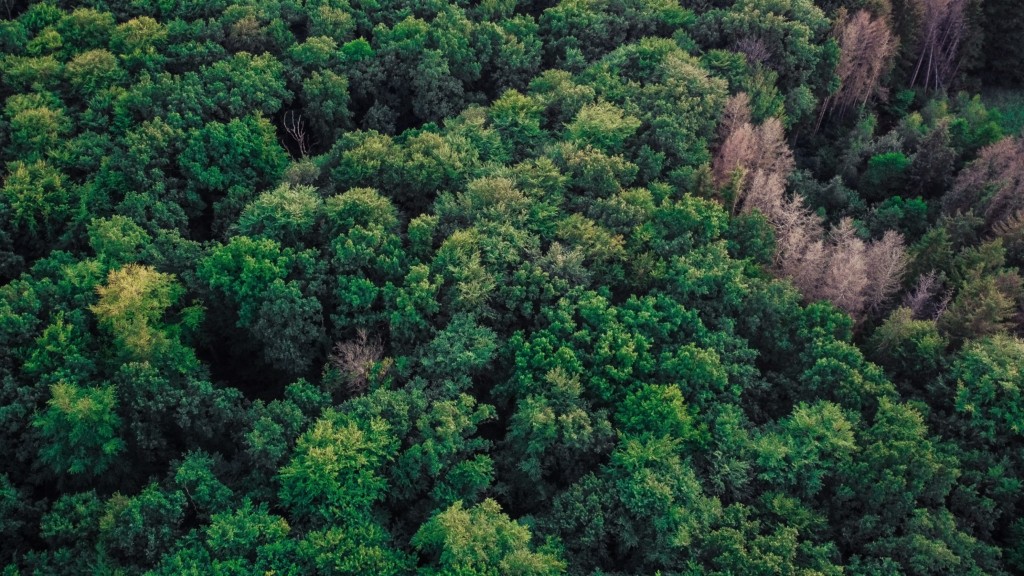Unlike REDD or IFM, where the project sizes are very large, Reforestation happens in small increments. Over the last two decades, GreenTrees has democratized the carbon markets for the average landowner.
To Illustrate:
- Assume a buyer wants 10,000 tons at $35 per ton.
- Assume Assume an average individual GreenTrees landholding of 200 acres but such landowner does not have access to GreenTrees.
- Assume the landowner planted their land 12 years ago in biologically valuable hardwoods (not eucalyptus plantations) and, by Registry rules, has to do their first verification by year 12.
- Assume this landowner has the requisite technical capability (unlikely assumption but let’s assume for sake of simplicity) but still requires $250,000 to perform a verification suitable for a major registry – plot work, calculation, software, verifier costs, registry, etc. (This cost estimate is a fraction of the true costs as it does not include full-time professionals employed by the project developer to manage verifications year-round.)
- Now, set aside any lost opportunity to rent land at an assumed rate of $100-200 per acre per year, and let’s set aside the reforestation cost per acre, say $350-400 for a hardwood-only stand.
- Based on our actual data of hardwood-only stands, this landowner would have accumulated conservatively 25 tons per acre in the first 12 years after planting. After the buffer, that landowner would have 20 tons per acre or 4,000 tons across the 200 acres.
- Divide 4,000 tons into $250,000, and you will get a verification cost per ton of $62.50.
The Bottom Line is that the verification cost per ton is $62.50.
- With a buyer at $35 per ton, this is a loss of $27.50 on verification costs alone.
- Again, neither the planting cost, the real costs of verification nor the sales & marketing expenses are factored in here.
Why it matters: For the first 15+ years, GreenTrees lost money, so landowners may access the market, and buyers can buy at affordable prices. Through aggregation and through time, our verification costs are now less than a postage stamp per ton (although the market continues to experience inflationary planting costs, overhead and sales & marketing expenses in the normal course of scaling).
Delivering Risk-Adjusted Value

The table above comes from a German Insurance firm assessment of GreenTrees risk.
GreenTrees has contributed over 1.4m tons to the Registry Buffer and never has had a reversal. There is a reason for this…and it is structural.
- The power of aggregation means that a reversal of the entire project would have to be negative year over year. Think of the GreenTrees projects as slices of an ever-growing tree with growth deriving from aggregating existing forests with new plantings.
- Each ring is a vintage year comprised of all the lands in the program at that time.
- Note that not all the lines are perfect circles. Yes, properties have floods, droughts, and tornados but all that means is the pool did not grow to the extent it could have.
The bottom line: The Aggregated Platform Effect helps drive down verification costs and disperse risk to both the buyer and the landowner, courtesy of GreenTrees as we lost many millions over the first 15+ years. That is true climate finance at work!
Through the Power of Public-Private Partnerships, we have built a Platform for the Many. This platform effect has enabled access to the small landholder, price moderation for buyers, and cost leadership for suppliers.




